Product Short Description
Technical Specifications
- Communication Protocols:
- Supports PROFIBUS DP, CANopen, Modbus RTU, and Ethernet/IP (depending on configuration).
- Enables seamless integration with ABB and third-party control systems.
- Power Supply:
- 24 VDC nominal input.
- Low power consumption (typically <10 W).
- Environmental Resistance:
- Operating Temperature: -20°C to +60°C (-4°F to +140°F).
- Humidity: Up to 95% non-condensing.
- IP Rating: IP20 (dust-resistant, indoor use).
Description
- Mechanical Design:
- DIN rail mounting for easy installation.
- Robust casing for industrial environments.
- Input/Output (I/O) Capacity:
- Configurable digital and analog channels (specific configuration depends on firmware version).
- Supports up to 32 digital inputs/outputs (DI/DO) and 8 analog inputs/outputs (AI/AO) in modular setups.
- Diagnostic Capabilities:
- Built-in self-testing and fault detection.
- Real-time status monitoring via LED indicators and network protocols.
Key Features
- Multi-Protocol Support: Enables integration with diverse fieldbus networks without hardware modifications.
- High-Speed Communication: Up to 12 Mbps data transfer rate for real-time control.
- Flexible I/O Configuration: Digital and analog channels can be tailored for alarm management, event triggering, and timing sequences.
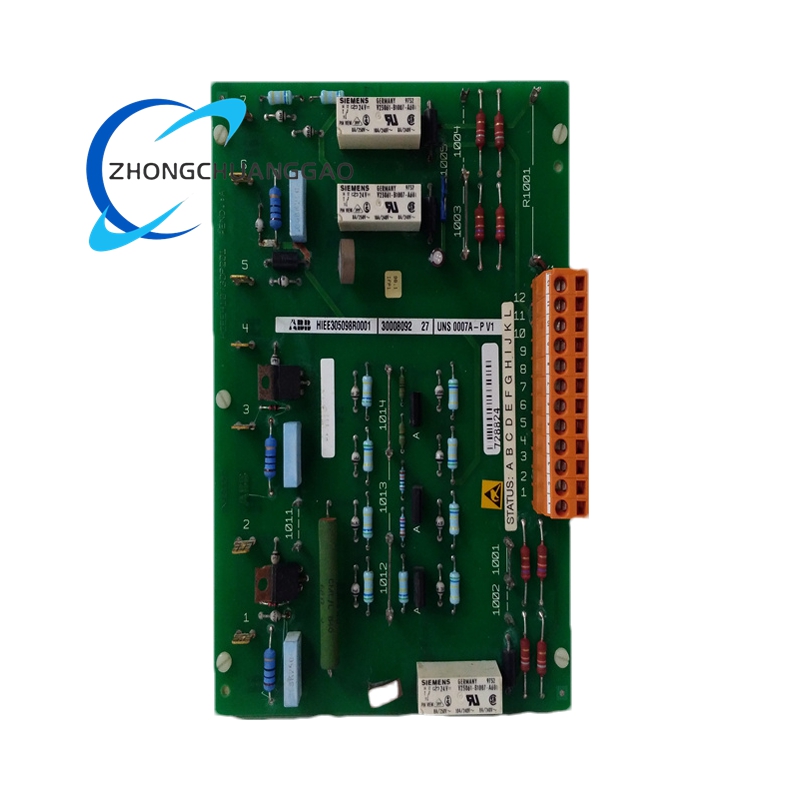
- Redundancy Support: Enhances system reliability through redundant communication paths and I/O configurations.
- Signal Isolation: Protects against electrical noise and ground loops.
- Easy Configuration: Software-based setup for protocol selection, I/O mapping, and diagnostic settings.
- Firmware Upgradability: Supports remote updates to add new protocols or features.
Functional Capabilities
- Field Device Integration: Connects sensors, actuators, and other field devices to control systems.
- Protocol Conversion: Switches between supported protocols (e.g., PROFIBUS to Ethernet/IP) via software settings.
- Data Aggregation: Collects and processes data from multiple field devices for centralized control.
- System Monitoring: Provides real-time diagnostics and alerts for proactive maintenance.
- Redundant Operation: Maintains communication during primary path failures.
Application Scenarios
- Power Generation:
- Monitoring and control of generators, transformers, and switchgear in thermal, hydro, and nuclear power plants.
- Renewable Energy:
- Wind turbine pitch control, solar inverter monitoring, and battery energy storage system (BESS) management.
- Manufacturing:
- Automation of production lines, packaging machinery, and material handling systems.
- Transportation:
- Elevator control, electric vehicle (EV) charging infrastructure, and railway signaling.
- Building Automation:
- HVAC control, lighting management, and access control in commercial facilities.
- Water and Wastewater:
- Pump station control, water treatment, and distribution network monitoring.
Advantages
- Cost Efficiency: Reduces wiring complexity and maintenance costs through centralized fieldbus integration.
- Scalability: Supports modular expansion for large-scale automation projects.
- Interoperability: Compatible with ABB 800xA DCS, AC 800M controllers, and third-party systems via open protocols.
- Future-Proof Design: Firmware updates enable protocol expansions (e.g., adding OPC UA support).
- Safety Compliance: Meets IEC 61131-3, CENELEC, and SIL 2/3 standards for industrial automation.
- Robustness: Designed to operate reliably in harsh industrial environments with minimal downtime.

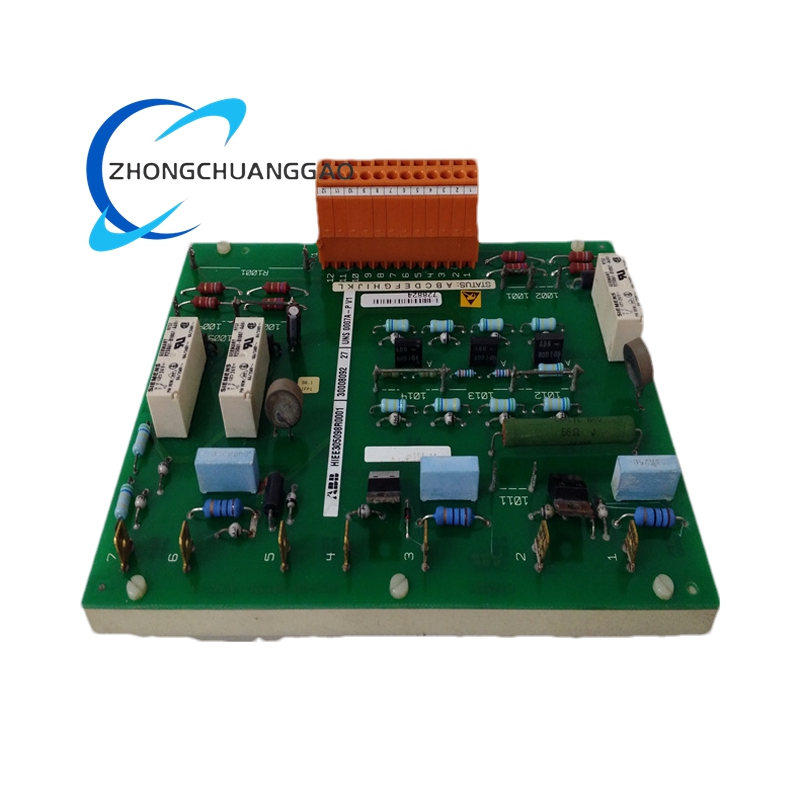
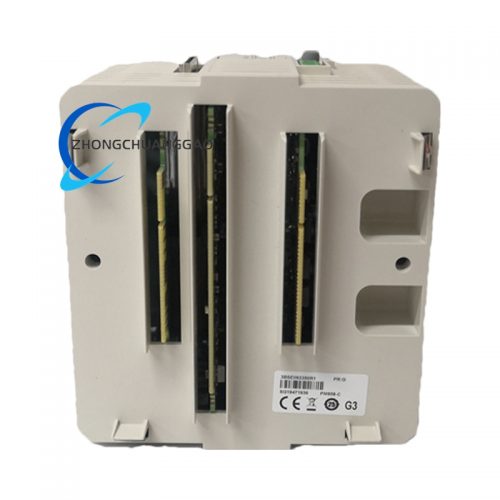
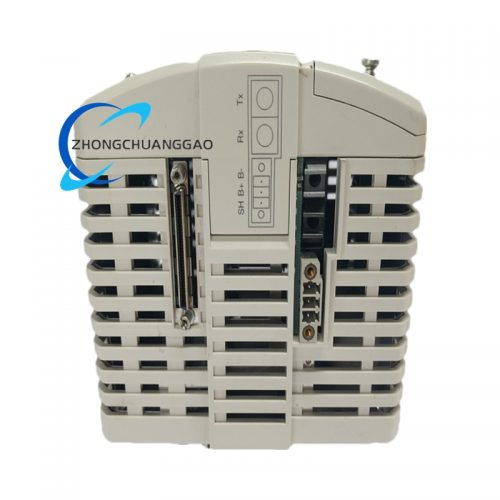
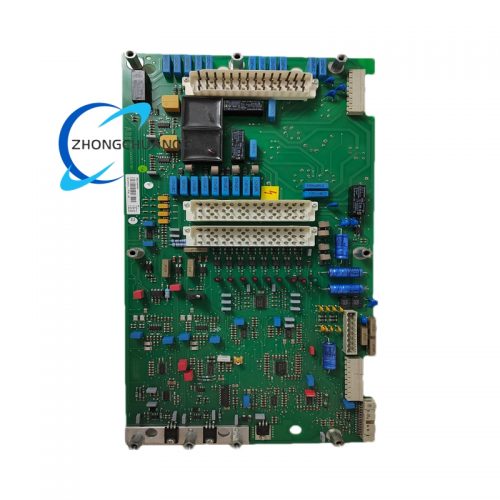
Reviews
There are no reviews yet.